Plant expert explains why you need to 'flood' your plants before bringing them inside this season
With the cold weather approaching you'll want to bring your plants back indoors, but not before they've been flooded
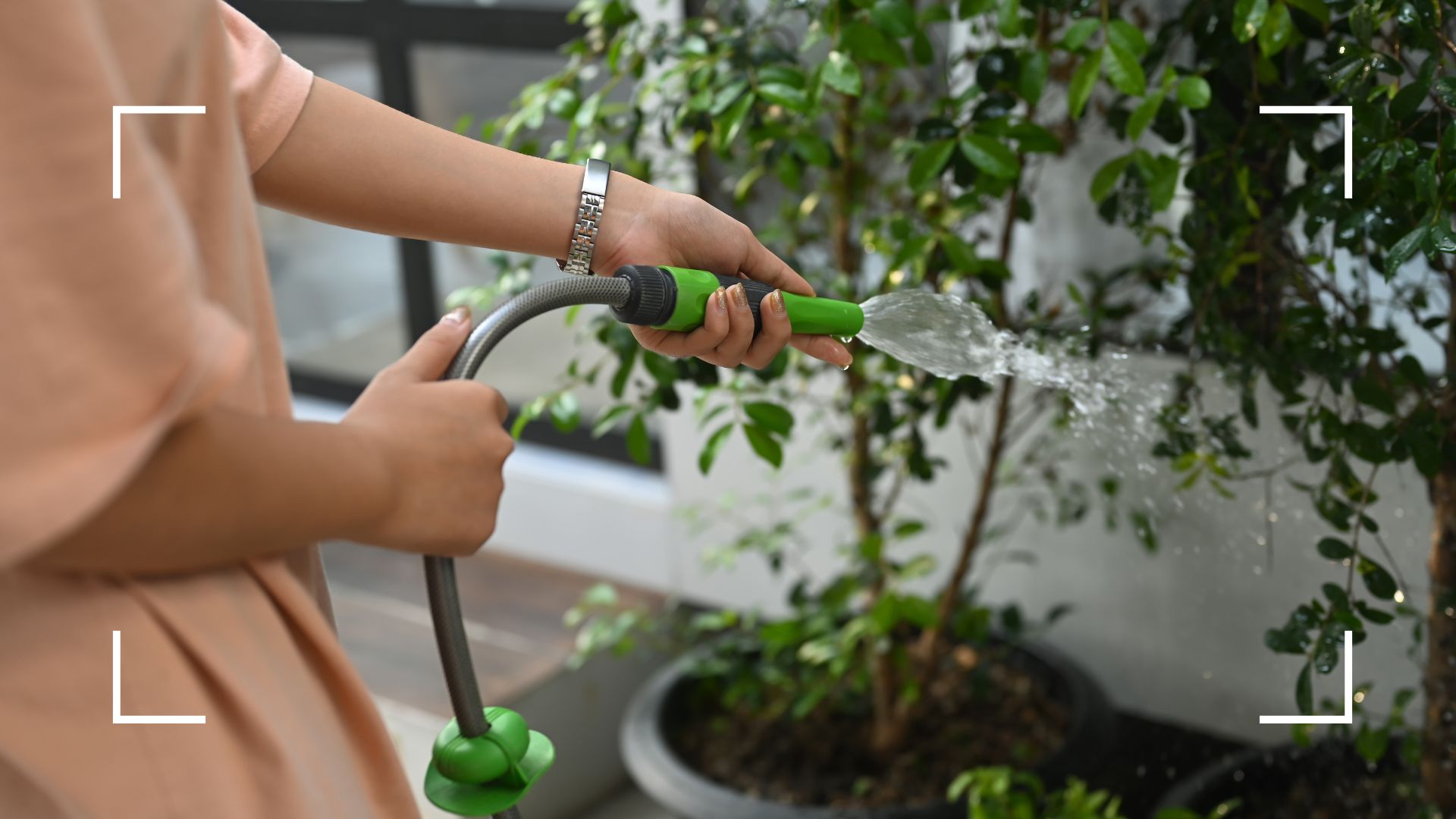

Autumn is officially here and with it a drop in temperature. So as we prepare our gardens for a long winter ahead, it's time to bring our temperature-sensitive potted plants indoors – but not before they've been flooded.
After finishing your essential September gardening jobs, it'll be time to take your more delicate potted perennials or migrating houseplants inside for shelter. Unlike some of the best winter bedding plants, these species won't survive too well in adverse winter weather conditions.
However, before you rehome plants inside, you might want to flood them with water first. One houseplant expert has shared how flooding your plants before they re-enter your home can save you from being overrun with unwanted creepy crawlies.
Garden hack: Plant flooding for an insect-free home
It's not just the cold and bad weather that we dread getting when winter comes around, it's also this time of year when we start asking how to get rid of spiders in our homes. Yes spider season is upon us and it's important to do whatever you can to prevent them entering your home in the first place.
Sharing the hack on her Instagram, Madi Gubler explains that in order to keep those pests outside you need to flood your potted plants and force any pests to vacate the pots.
She says, "If temperatures are starting to cool where you live, it’s time to bring those houseplants back inside!! BUT FIRST, grab the hose and flood your plants!"
A post shared by Happy Happy Houseplant🪴Mandi Gubler (@happyhappyhouseplant)
A photo posted by on
Fear not about your plant watering routine being messed up by this 'flooding' process, Madi says there's no cause for concern.
Sign up for the woman&home newsletter
Sign up to our free daily email for the latest royal and entertainment news, interesting opinion, expert advice on styling and beauty trends, and no-nonsense guides to the health and wellness questions you want answered.
"I’m not talking about a little water out of the drainage hole, I’m talking Niagra Falls! As long as your planters have good drainage, you won’t need to worry about overwatering."
The flooding, she explains, lets any unwanted pest know that it's time to find a new home and escape quickly. This watering technique also flushes out the salts that build up over time in the soil, these make it harder for your plants to absorb water. So it's a win-win.
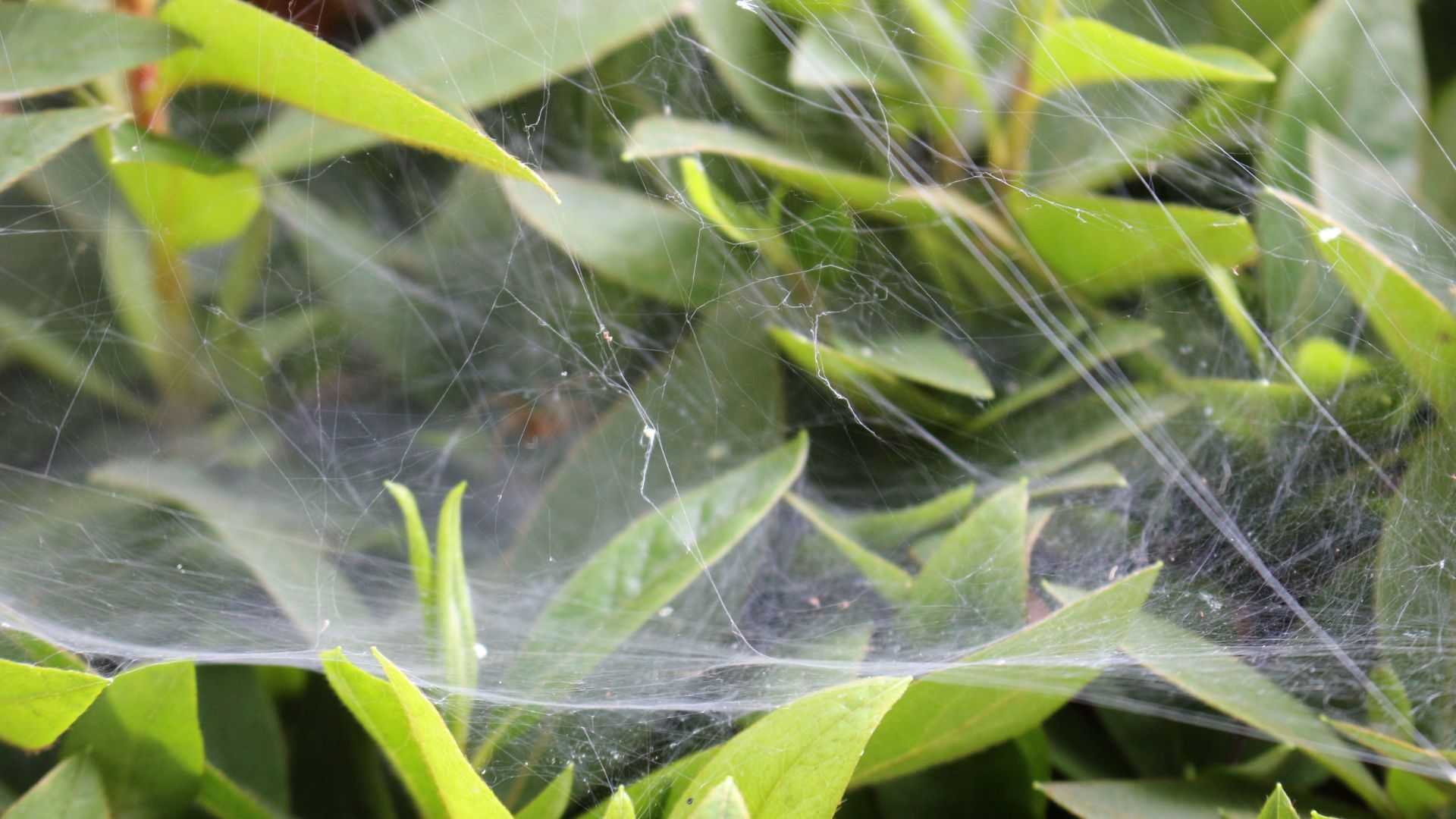
Once you've flooded your plants and are satisfied that no more insects are residing in or around the pots then you simply just need to leave them to air dry. After they've dried off you're safe to bring your plants in.
When the weather starts to change it's important to bring certain plant species either into your home or place them under shelter. Chris Bonnett, Gardening expert and the founder of GardeningExpress.co.uk says, "Timing is key when it comes to moving your plants inside. Most tender plants start to suffer when the temperatures at night drop below ten degrees and by the time the first frosts hit, it might already be too late."
He says it's best to take tropical plants, tender perennials and houseplants indoors but again he stresses the importance of checking for pests before you do so.
This technique is also great if you're trying to get rid of little black flies in your home, fly eggs are often hidden on plant leaves and stems so flooding will wash them off too.

Chris is the founder of the online garden centre GardeningExpress and has been in the horticulture industry for over 20 years. Whilst he was young he combined his passion for the outdoors with the internet to deliver quality plants across the UK and Europe.
To truly ensure your plants aren't doubling up as a bug hotel, we recommend treating them with neem oil regularly. This will put off any unwanted pests whilst ensuring your plant is healthy and chemical-free.
DD Organic Neem Oil: £12.49 at Amazon
If you want to make sure no pests are reaping the rewards of your green thumb apply this neem oil to the soil and stems for a great deterrent.
Knowing how to care for your indoor plants all year round is important, but it's especially so this time of year. Moving your plants inside after they've enjoyed a summer in the fresh air is a good place to start but keep up with your feeding and watering routines to keep them happy through winter.

Emily joined woman&home as a staff writer after finishing her MA in Magazine Journalism from City University in 2023. After writing various health and news content, she now specialises in lifestyle, covering unique cleaning hacks, gardening how-tos, and everything to help your houseplants thrive.
-
 Unforgettable date ideas to make a great first impression or rekindle romance
Unforgettable date ideas to make a great first impression or rekindle romanceForget the same old first date formula - these unforgettable date ideas will leave them thinking about you long after you go home
By Natalie Denton Published
-
 Butter yellow might be the colour of the season, but Amal Clooney is making me want to try sunshine shades
Butter yellow might be the colour of the season, but Amal Clooney is making me want to try sunshine shadesSpark some joy by adding some statement yellow pieces to your wardrobe just in time for summer
By Matilda Stanley Published
-
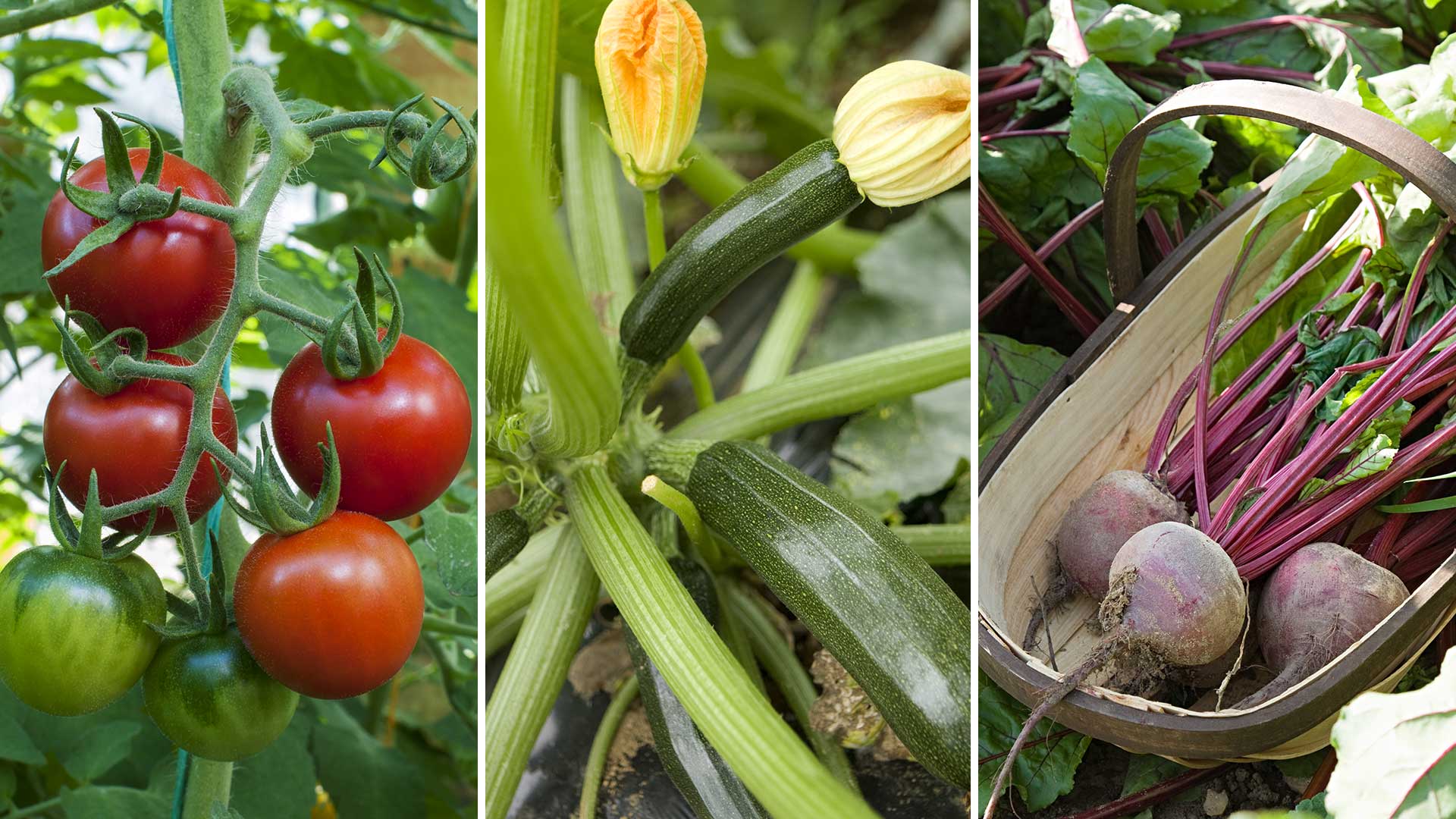 Vegetables to plant in April: 8 crops to start now for a delicious harvest later in the year
Vegetables to plant in April: 8 crops to start now for a delicious harvest later in the yearDiscover which vegetables to plant in April, and top tips for growing success
By Holly Crossley Published
-
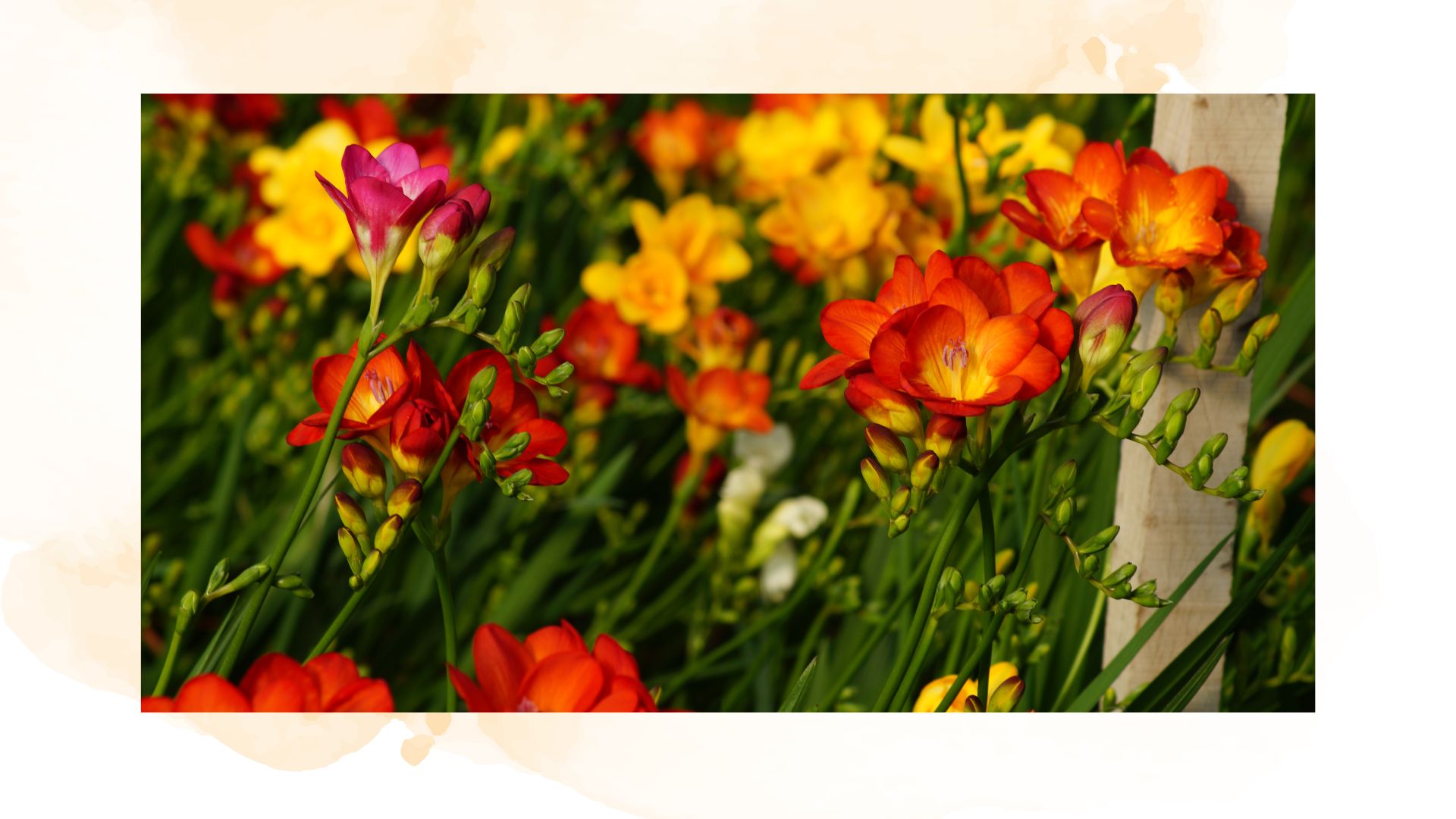 How to plant freesia bulbs: easy steps for colourful summer blooms
How to plant freesia bulbs: easy steps for colourful summer bloomsIf you're looking to add some vivid colour and life to your garden, freesias are the perfect choice
By Emily Smith Published
-
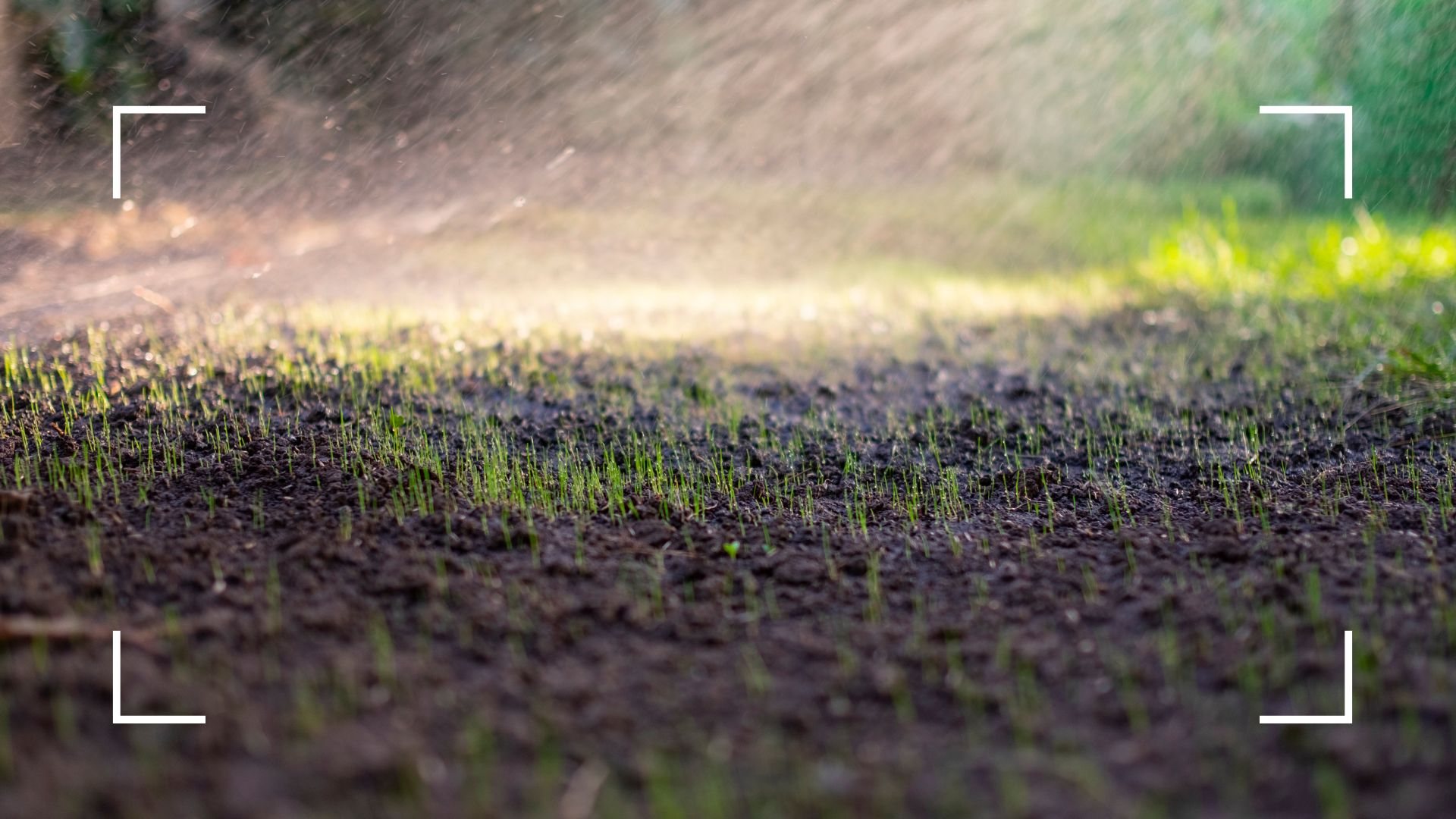 Gardening experts reveal how often you should water grass seed for a luscious lawn this summer
Gardening experts reveal how often you should water grass seed for a luscious lawn this summerWant your lawn to be looking its best by the time summer rolls around? You'll need to make sure you're watering it the perfect amount
By Emily Smith Published
-
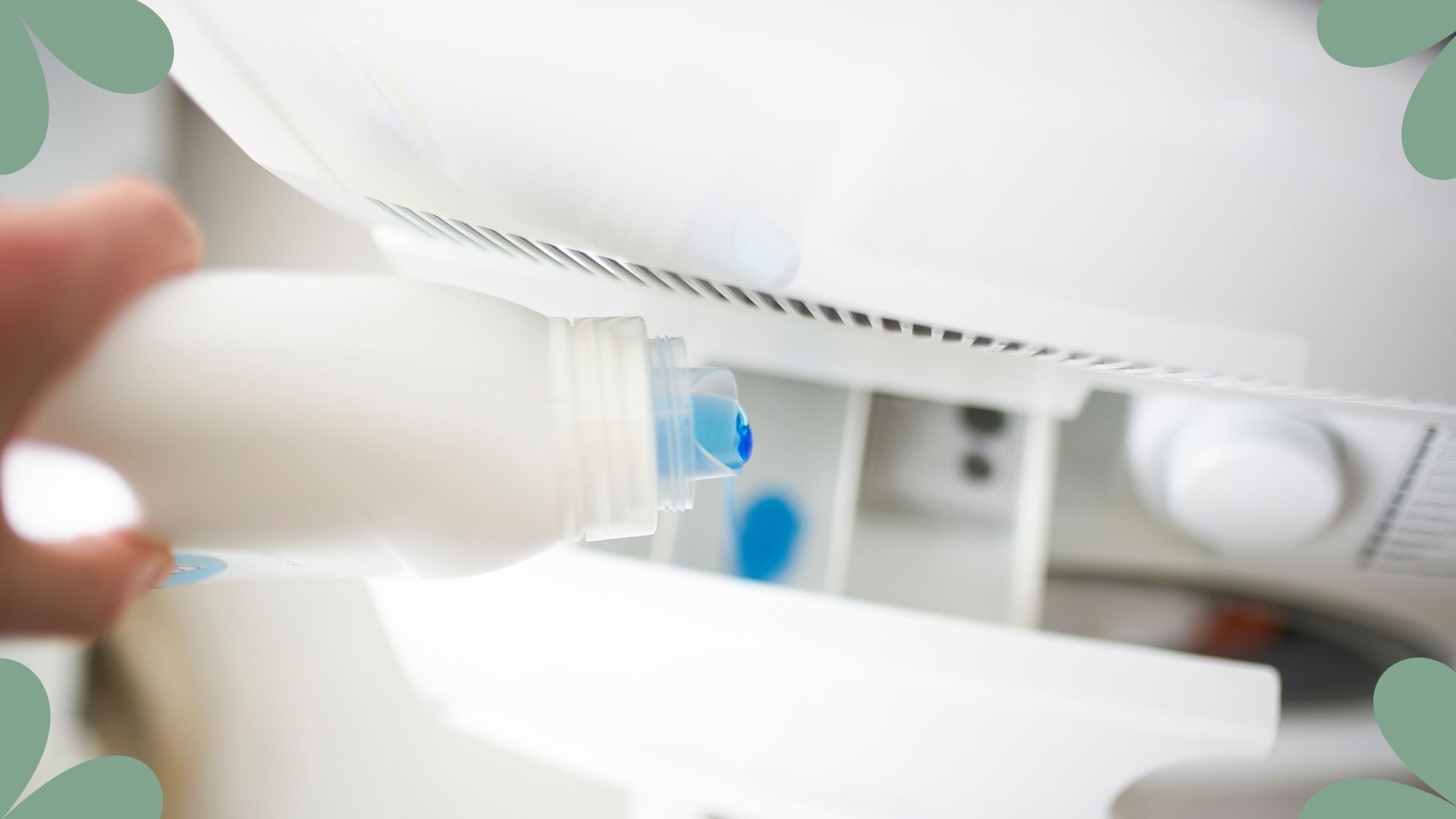 Lynsey Crombie reveals the surprising laundry mistake leaving your clothes smelling 'stale and nasty'
Lynsey Crombie reveals the surprising laundry mistake leaving your clothes smelling 'stale and nasty'Do your clothes smell unpleasant even after you've washed them? It could be your fabric conditioner
By Emily Smith Published
-
 6 common houseplant myths to ignore, warn horticulture experts
6 common houseplant myths to ignore, warn horticulture expertsThese common misconceptions about caring for indoor plants might surprise you – they feel perfectly logical
By Emily Smith Published
-
 Should you deadhead daffodils? Gardening experts share their advice for longer-lasting blooms
Should you deadhead daffodils? Gardening experts share their advice for longer-lasting bloomsThese butter-yellow flowers are one of the first signs of spring, but should you deadhead or leave them be?
By Emily Smith Published
-
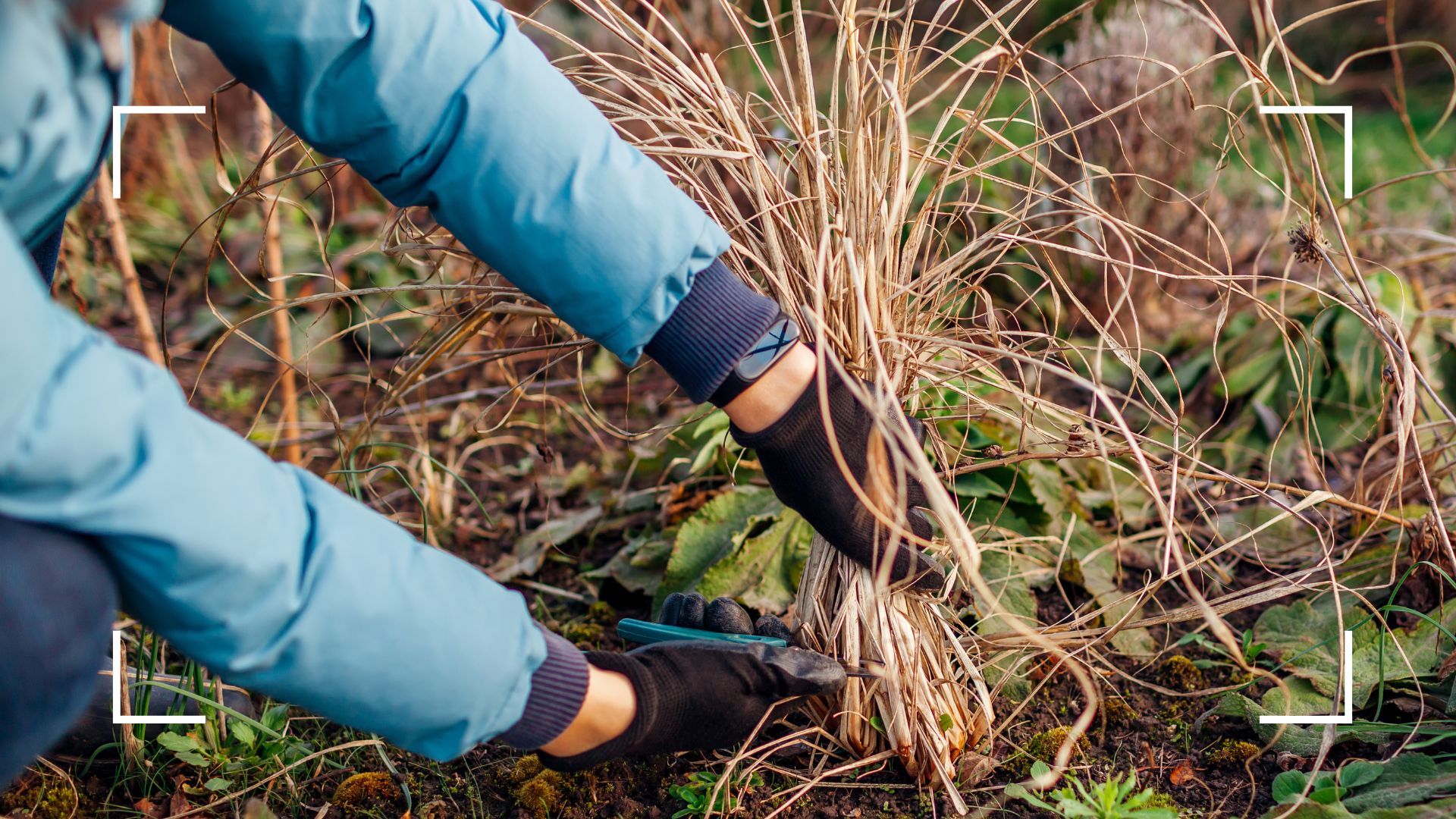 It's time to cut back ornamental grasses, and the expert team at Sarah Raven are here to help
It's time to cut back ornamental grasses, and the expert team at Sarah Raven are here to helpWith spring well and truly here, the team share their top tips to get ornamental grasses ready for new growth
By Emily Smith Published
-
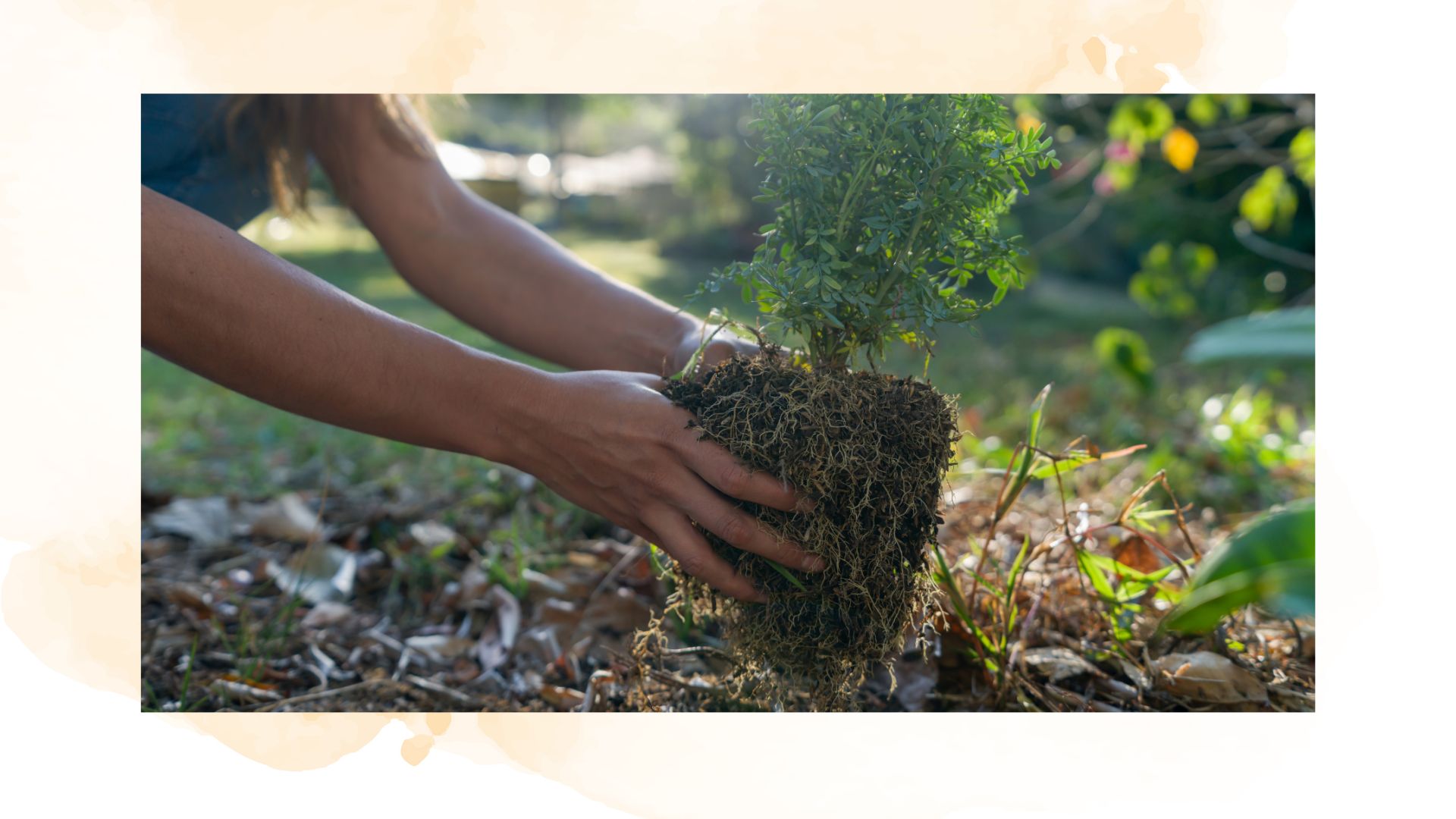 Monty Don's 'genius' planting trick gives outdoor plants the best chance of thriving
Monty Don's 'genius' planting trick gives outdoor plants the best chance of thrivingThis mess-free trick will make planting seamless - and give your plant a great headstart
By Emily Smith Published
